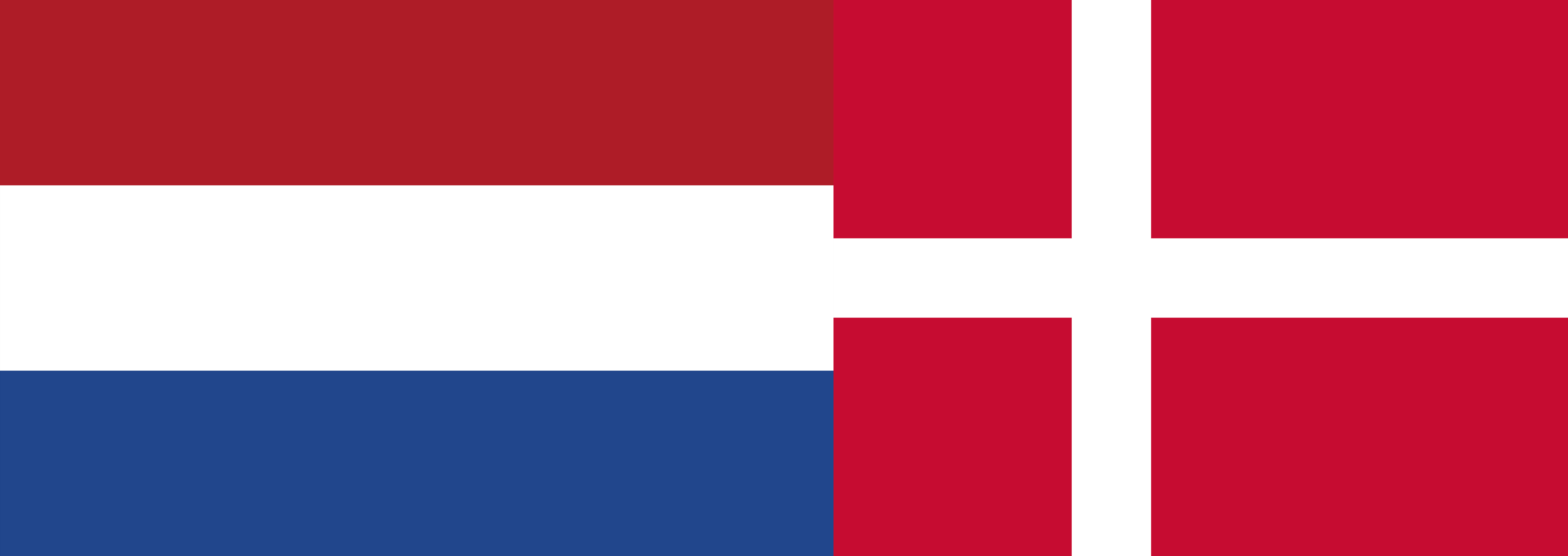
Two often confused words if you’re unaware of geography and lack basic understanding of the names of languages in the European countries. If you belong to the United States or have lived there your entire life, then the confusion may exist for you too. To make things easier, let’s end this dubiety by differentiating between the two and add value to our knowledge by getting to know more about these two iconic words.
Dutch people are from The Netherlands, while Danish people are from Denmark. Likewise, the people of Netherlands speak Dutch, while the people of Denmark speak Danish. To dig in deeper, Denmark is a Scandinavian country which is located between Sweden, Germany and Norway. On the other hand, The Netherlands is often referred to as Holland which is actually just a region within Netherlands. The two countries not only share the same letter languages, but they also share a lot of other similarities.
For Europeans, it is very much easy to recognize one another, but it’s not the same for foreign people. So, first things first, what do these two countries share in common? Let’s find out below.
- Peaceful Countries Both are small by area and land as compared to the rest of the European countries. They both offer a lot of social services as well and tend to be peace-loving countries.
- Use of Green Energy Both Dutch and Danish people are fond of using windmills and renewable sources of energy. They are known worldwide for generating electricity through wind turbines and wind energy in general.
- Love for Bicycles Both Dutch and Danish people love travelling by bicycles instead of other modes of transportation. This is often attributed to the regions’ low geographical setting.
- Official Languages Though both share different languages, it is important to note that they have words which have Germanic origins. When compared to others like British and Americans, these two have much more in common. They are very hard to differentiate as well, when spoken, especially by foreigners as they cannot tell whether it is Dutch or Danish being spoken. The languages share a lot of similarities in terms of sentence structure and pronunciation as well.
Now that we are done discussing the similarities, let’s balance it out by pointing out the differences as well.
- Both Are Official Languages of Different Regions Where Dutch is the official language of The Netherlands, Belgium and Luxembourg, Danish is the official language of Denmark, Norway, and Sweden.
- Area and Complexity Where Dutch is considered to be a West German language, Danish is considered to be North Germanic in origin. Dutch is similar with English and German languages, since they have similar origins. When it comes to syntax, grammar, verb usage and sentence structure, Dutch is very much similar to German language. But when it comes to pronunciation, Dutch is similar to Danish.
On the other hand, Danish is spoken in many countries owing to the migration. It is spoken in Sweden, US, Argentina, Spain and many more. Notably, Danish is quite more complex than Dutch as it has a much more complex structure and word usage. It also has more vowels compared to related regions. It has 27 characteristic vowels compared to just 16 vowel combinations in Dutch language.
Click Here To Know The Languages of All the Countries
To be more specific, we will now point out major differences in both the languages below.
- Vowels As mentioned above, Danish has more vowels than Dutch. Danish has 27, while Dutch has 16. This is one of the reasons why Danish is considered a much harder language to grasp. It has extraordinary prosody.
- Subjunctive Form Where Danish has no subjunctive form, Dutch has it. Though this subjunctive form is rarely ever used.
- Alphabet/Writing Script Danish uses Dano-Norwegian alphabet, while Dutch use their own alphabet which is the Dutch alphabet.
- Vocabulary Where Danish vocab is influenced by low German, English as well as Old Norse languages, Dutch vocab words are influenced by Germanic and Romance languages.
- Addressing Others When it comes to addressing people, both take different approaches. Danish people rarely ever use the formal form of word ‘you’, even in business letters. They address people naturally by their first names. On the other hand, Dutch are the opposite. They are much more formal when it comes to addressing people and the use of the formal word ‘you’ is common in their language.
Concluding Note:
The crux of the story is – both Danish and Dutch are different languages and different cultures as a whole. Though they share many similarities, there still exists many differences too. Both are special in their own way and to their own natives. It is important, however, to recognize the differences and not to confuse the two, as it may seem disrespectful to both the regions. We hope this article helped in adding to your knowledge about these two fascinating languages.
